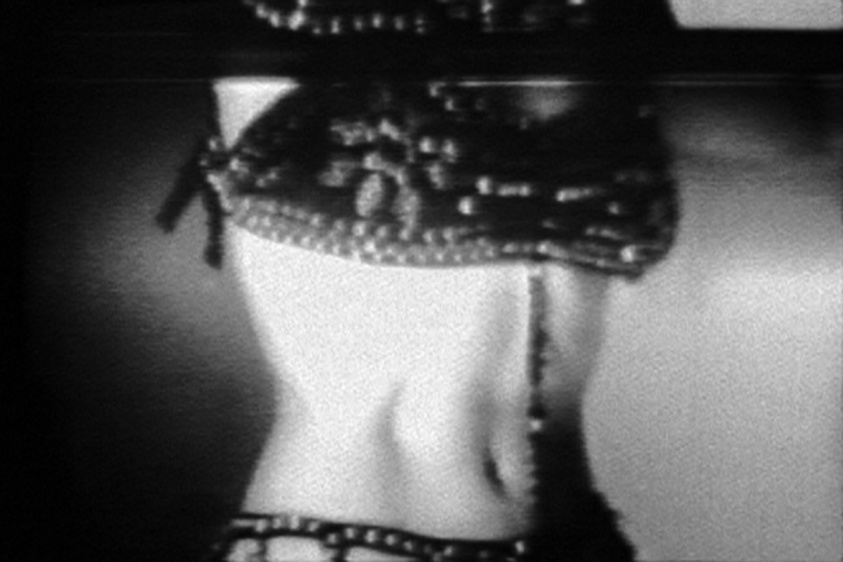Art History From Home:
When Did Video Become Art?
When Did Video Become Art?
Thurs, May 14, 2020
12 pm
This event has passed.
See more events like this.
Become a member today!
Join now to enjoy early access to exhibitions and events, unlimited free admission, guest privileges, and more.
Join nowView all Art History From Home events.
This event will have automated closed captions through Zoom. Live captioning is available for public programs and events upon request with seven business days advance notice. We will make every effort to provide accommodation for requests made outside of that window of time. To place a request, please contact us at accessfeedback@whitney.org or (646) 666-5574 (voice). Relay and voice calls welcome.
Learn more about access services and programs.
Online, via Zoom
This series of online talks by the Whitney’s Joan Tisch Teaching Fellows highlights works in the Museum's collection to illuminate critical topics in American art from 1900 to the present. During each thirty-minute session, participants are invited to comment and ask questions through a moderated chat.
As one of the first art museums to have the technology and flexible screening space for video art, the Whitney was a pioneer in foregrounding video as a "serious" artistic medium. This session will examine key moving image artworks in the museum’s collection by artists such as Joan Jonas, Bruce Nauman, and Howardena Pindell, and explore their role in contributing to the understanding of video within art history.
Ayanna Dozier is an artist, lecturer, curator, and Ph.D. candidate at McGill University. Her dissertation, Mnemonic Aberrations, examines the formal and narrative aesthetics in Black feminist experimental short films in the United Kingdom and the United States. She is the author of the forthcoming 33 1/3 book on Janet Jackson’s The Velvet Rope. She is currently a Joan Tisch Teaching Fellow at the Whitney and a lecturer in the Department of Communication and Media Studies at Fordham University.

